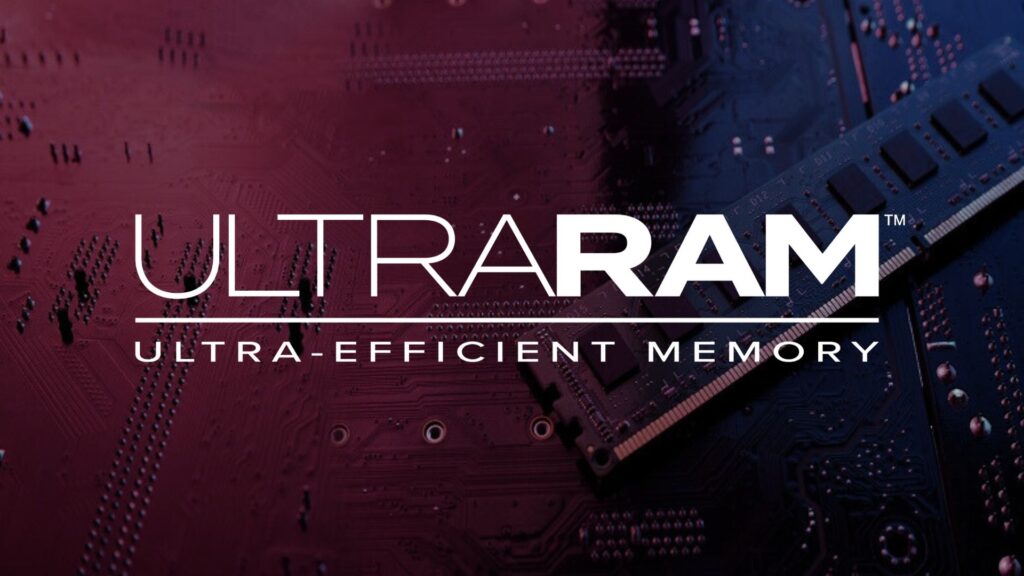
In the ever-evolving world of technology, exciting advancements are a common occurrence. But there are rare moments when we can genuinely feel a sense of anticipation. What if I told you that in the near future, “you could pick up your favorite video game right where you left it, even if it’s been two decades?” It might sound unbelievable, but that’s the promise of ULTRARAM. Join me in exploring what ULTRARAM is and how it could revolutionize our computing experiences.
Unveiling ULTRARAM: A Glimpse into Next-Gen Memory
At its core, ULTRARAM represents a fusion of the best qualities found in flash memory and DRAM memory. It’s a groundbreaking form of universal memory that combines speed, endurance, data retention, and energy efficiency into a single memory solution. This innovation harnesses the power of quantum mechanical effects through a process known as resonant tunneling. The technology is protected by patents held by Quinas Technology, a company stemming from Lancaster University in the UK, and it was pioneered by Manus Hayne of the university’s physics department.
Currently, electronic devices rely on two distinct types of memory: DRAM and flash memory. While DRAM memory boasts lightning-fast speeds and allows for endless data rewriting, it requires a continuous power supply to store information. This often leads to battery drainage, even when devices are in sleep mode. On the other hand, flash memory is cost-effective and can retain data even when the power is cut off. However, it lags behind DRAM in terms of operational speed. This is where ULTRARAM steps in.

As described in the official ULTRARAM brochure, this universal memory utilizes a process that involves “moving electrons into or out of a floating gate.” This floating gate mechanism incorporates a memory component that acts as a lock, preserving electrons during data retention and releasing them to enable data erasure or rewriting.
The true innovation lies in the triple-barrier resonant tunneling (TBRT) component of ULTRARAM. It can store data in the memory for an astonishing period of more than 1,000 years. In theory, this means that any device equipped with ULTRARAM could enter a “hibernation state,” preserving its last recorded activity indefinitely. You could return to it after thousands of years, and it would resume exactly where you left off, effectively eliminating the need for sleep modes in our devices.
However, it’s important to note that ULTRARAM is currently in the experimental stage, and its practical application for consumers is still uncertain. Furthermore, its cost when it eventually becomes commercially available remains unknown. For more in-depth information on this groundbreaking memory technology, you can visit the ULTRARAM website and review the brochure linked above. In the meantime, feel free to share your thoughts on the potential of this technology for future use.




